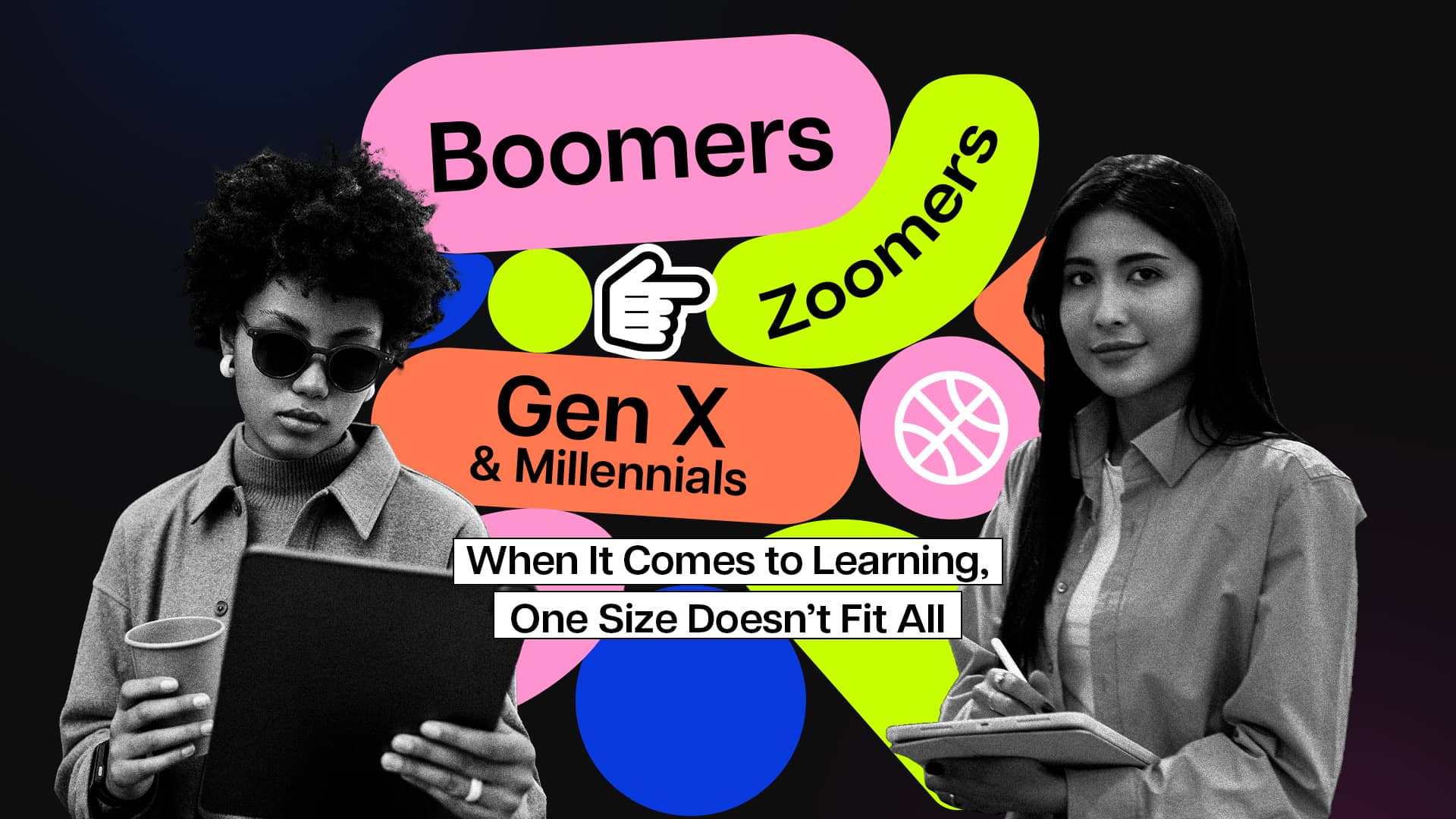Learning is a constant process that never ends, and as generations change, so do their learning styles. With the introduction of new technologies, different learning tools, and varying lifestyles, the approach to learning has shifted. As a result, training and development professionals must adapt their methods to meet the unique needs of each generation.
Boomers are often thought to be hopeless when it comes to learning new technology, but this stereotype is far from accurate. The truth is that they are eager to learn new things, and according to AARP, 74% of workers aged 45 to 74 view the opportunity to learn something new as critical to their ideal job. While they may prefer in-person courses, they have become more comfortable with online learning, and as such, they should be given plenty of opportunities to learn.
Gen Z, also known as Zoomers, are the youngest generation in the workforce, and they are the most comfortable with digital technology. They prefer short-form content and microlearning, often accessing it on their mobile devices. Despite their desire for independence, they also want to learn with others and have a teacher available to guide them. They are less interested in a traditional four-year college degree, but they value skills-based programs that offer tuition reimbursement.
Millennials grew up with social media and helicopter parents, so they are social learners who enjoy collaborating with peers. They show a high proficiency in hard and technical skills and value regular feedback to gauge their progress. Learning opportunities must be tied to career advancement, as 87% of millennials consider professional growth and development opportunities important in a job. Microlearning and gamification can help engage millennials and make the learning process interactive and dynamic.
Gen Xers prefer a self-directed learning plan that is easy and accessible, and they value practical applications over theory. As they approach the middle of their careers, they will make up a significant portion of learners. They are also interested in knowing what a training session has in store from the outset, and they take a practical approach to learning. They don’t want to be micromanaged, and they are comfortable with technology.
In conclusion, no one fits neatly into a box when it comes to learning. It’s essential to understand generational differences and adapt the training approach accordingly. While it’s important to acknowledge generational trends and traits, it’s also essential to treat each person as a unique individual and avoid bias. Everyone has something to learn, and there are multiple ways to provide learning opportunities that cater to different generations’ needs.









